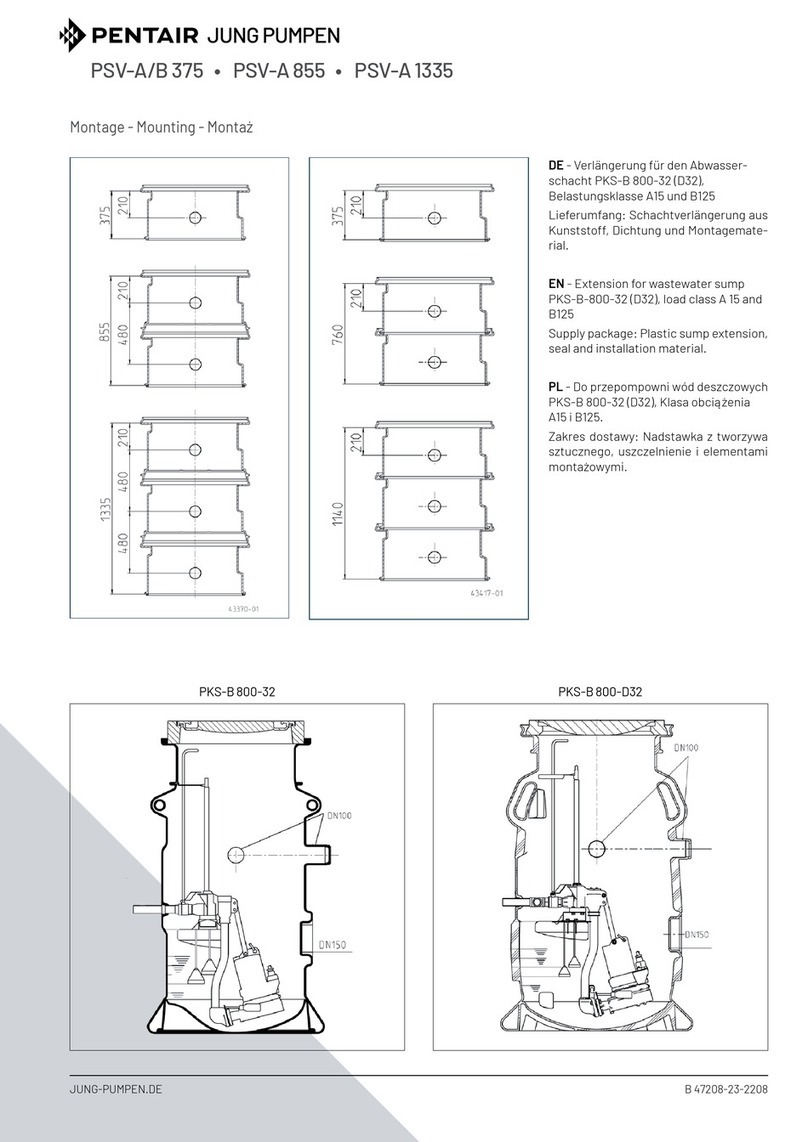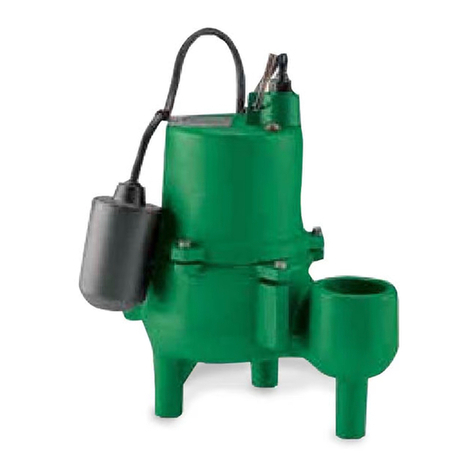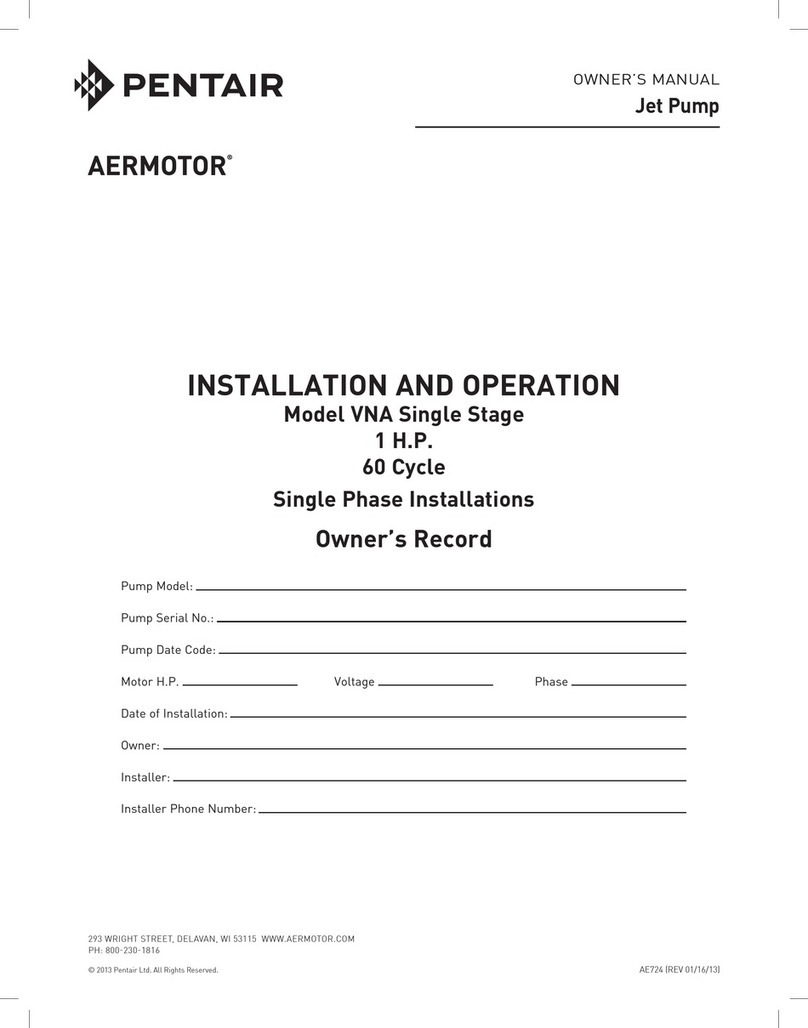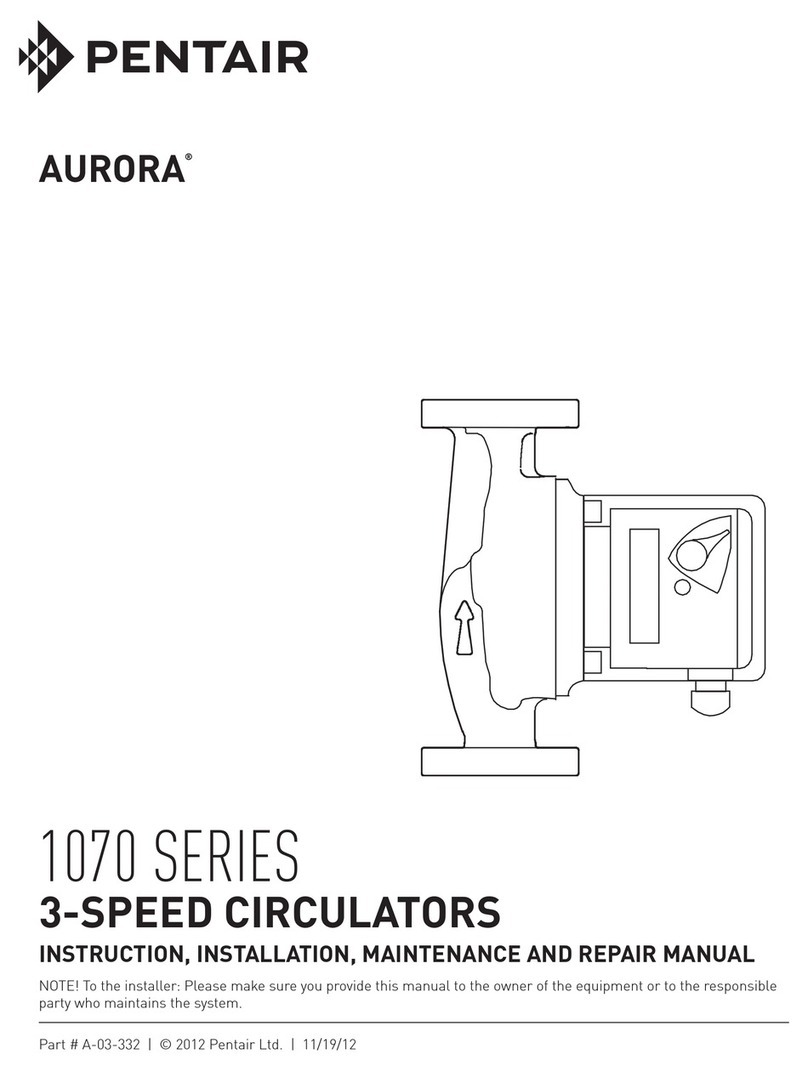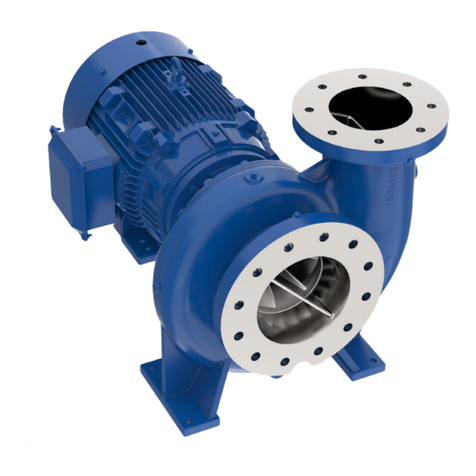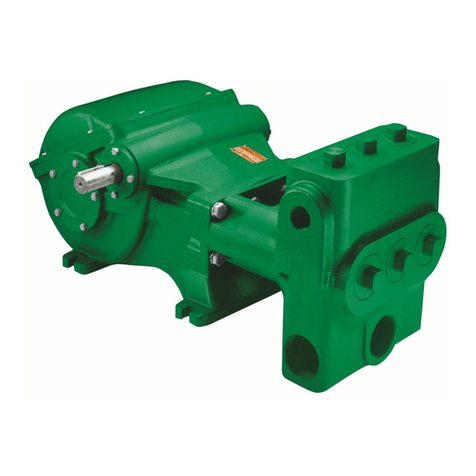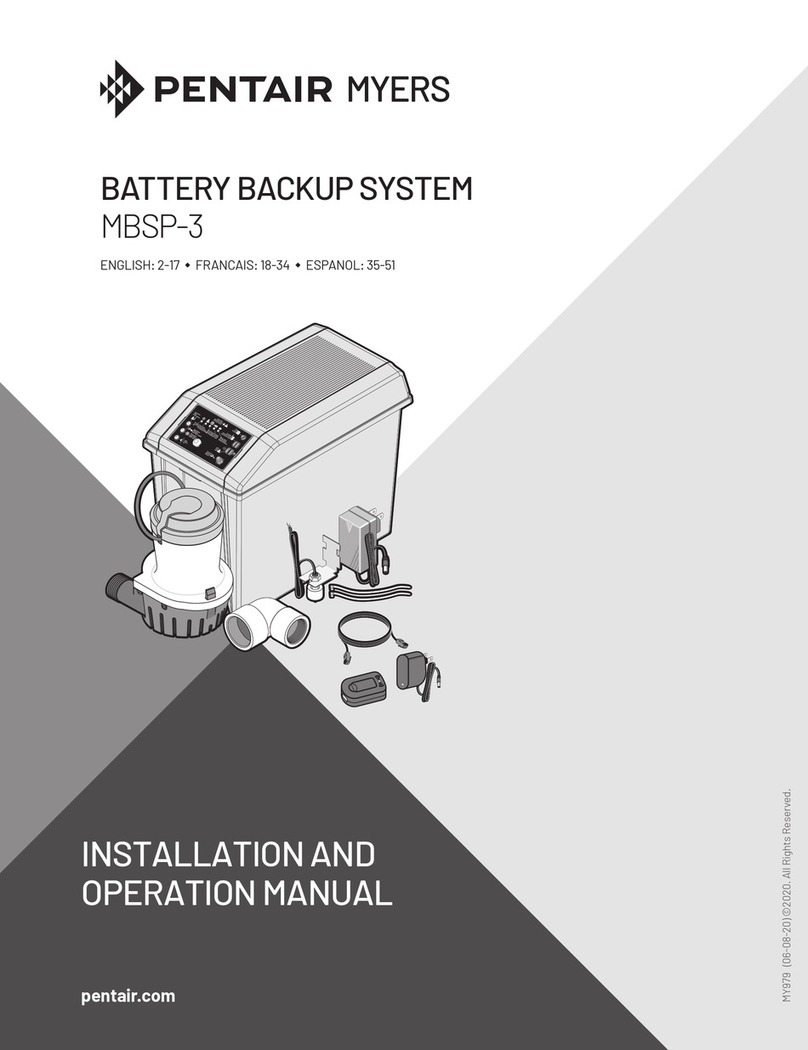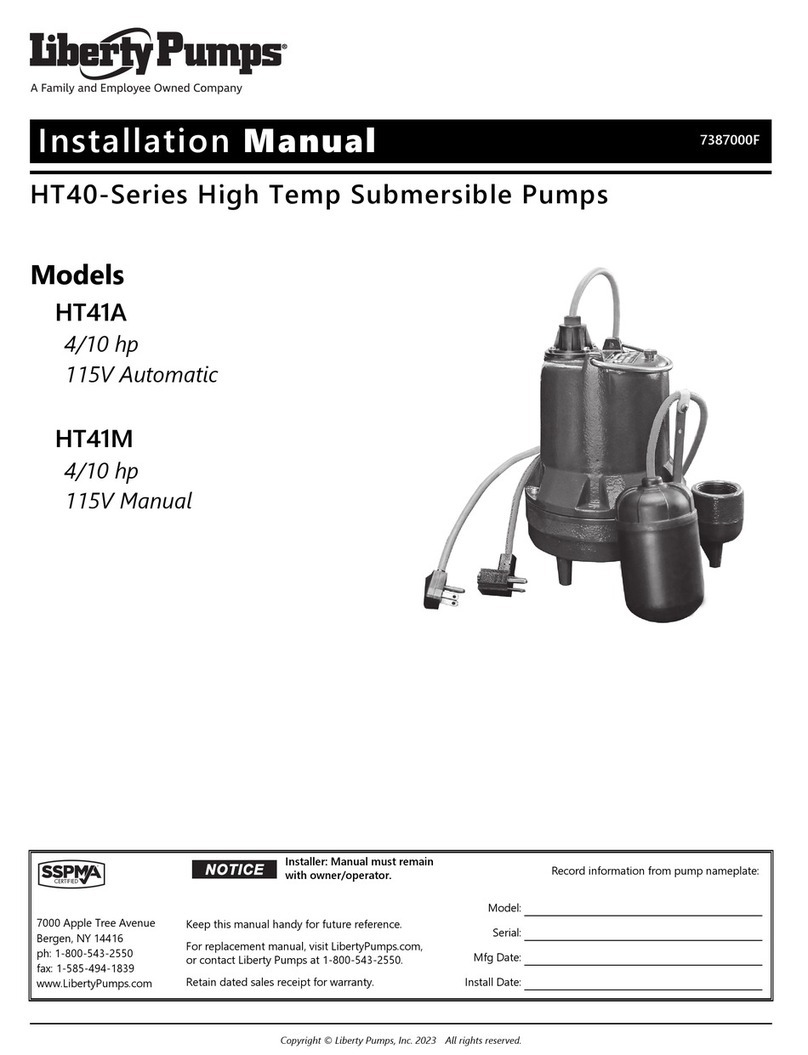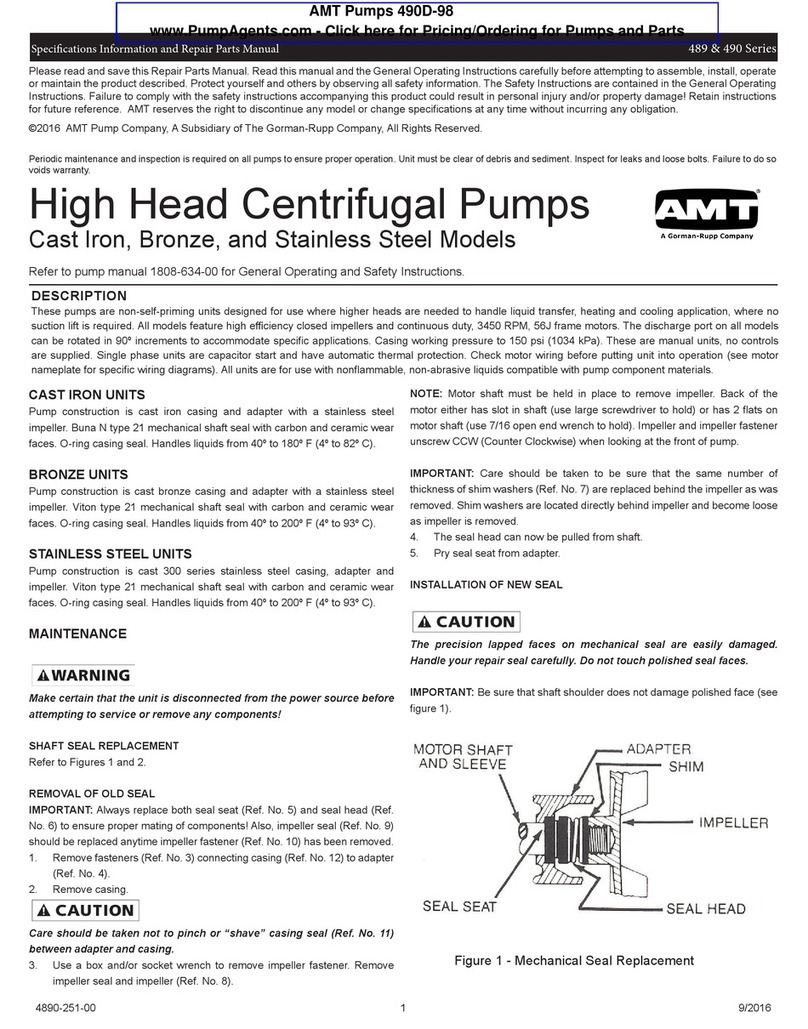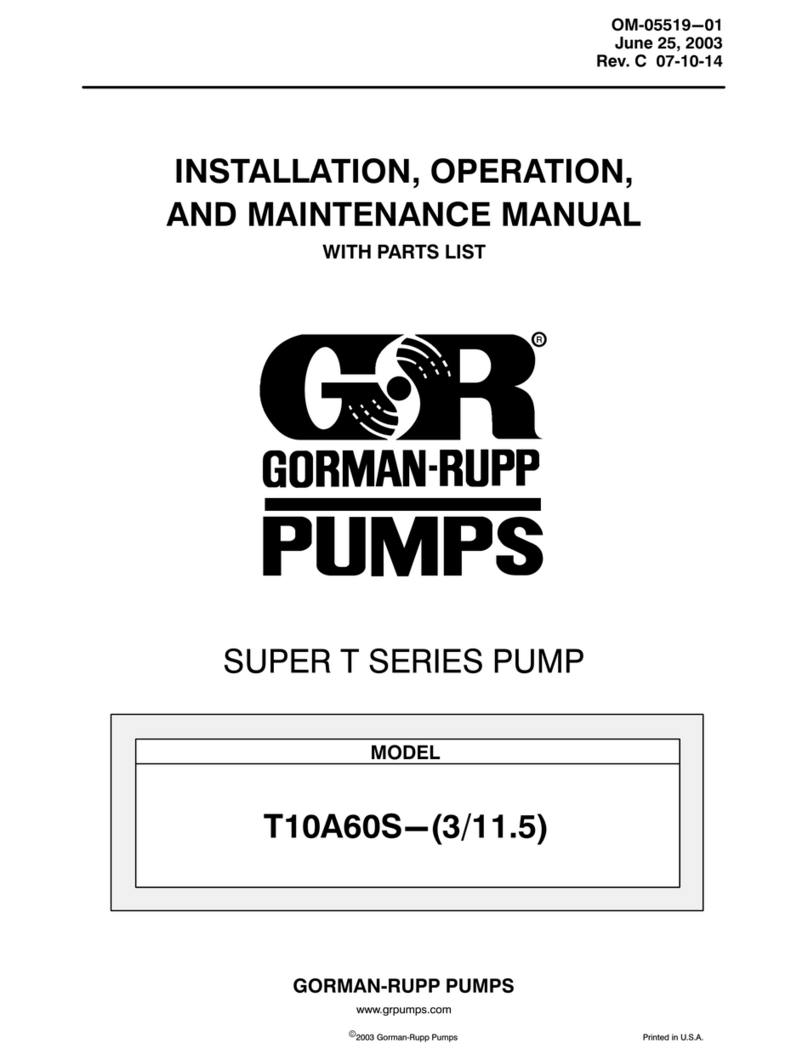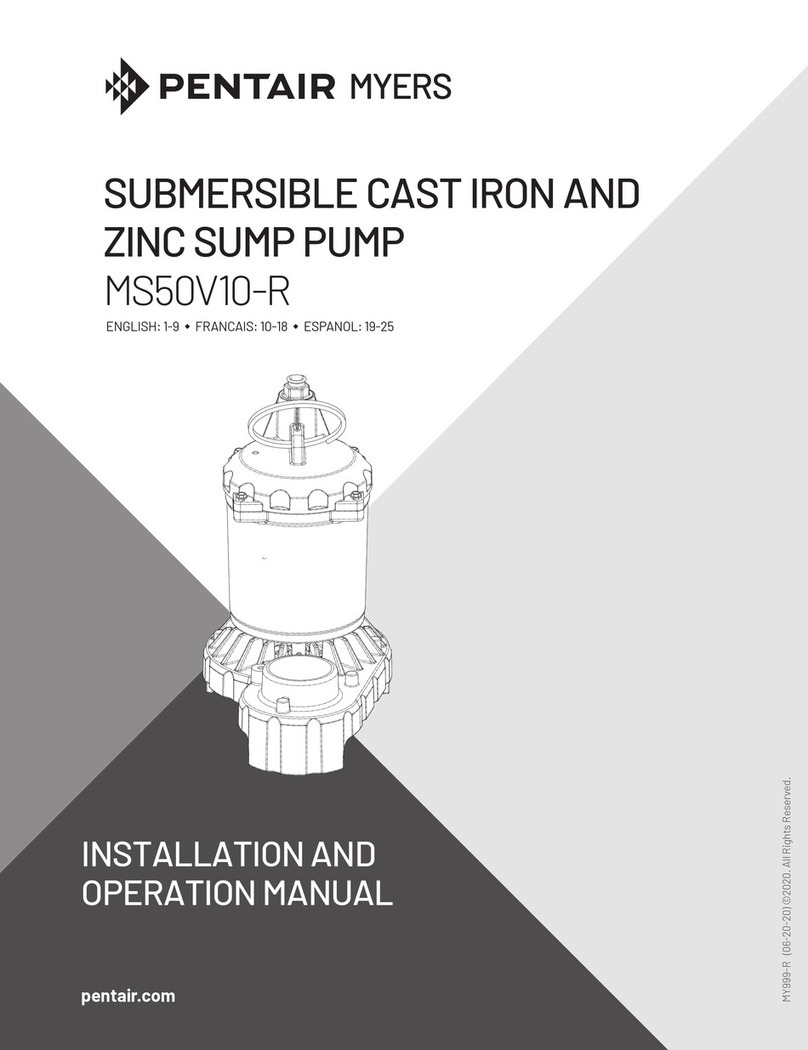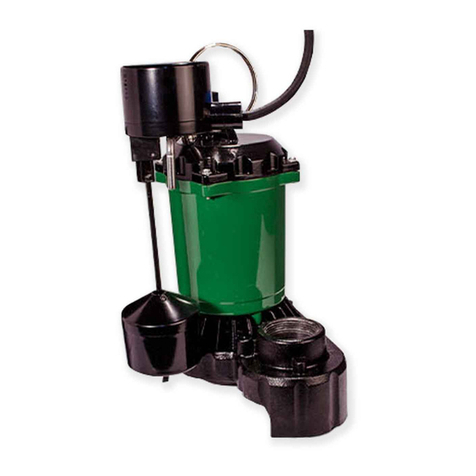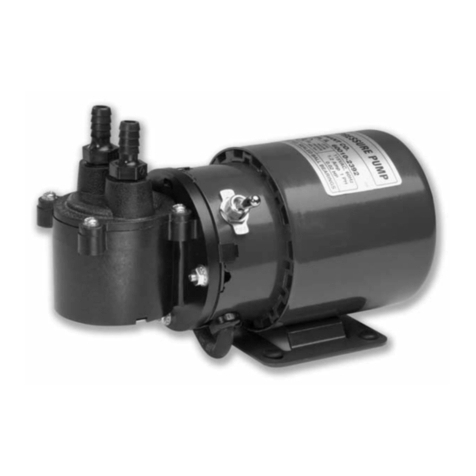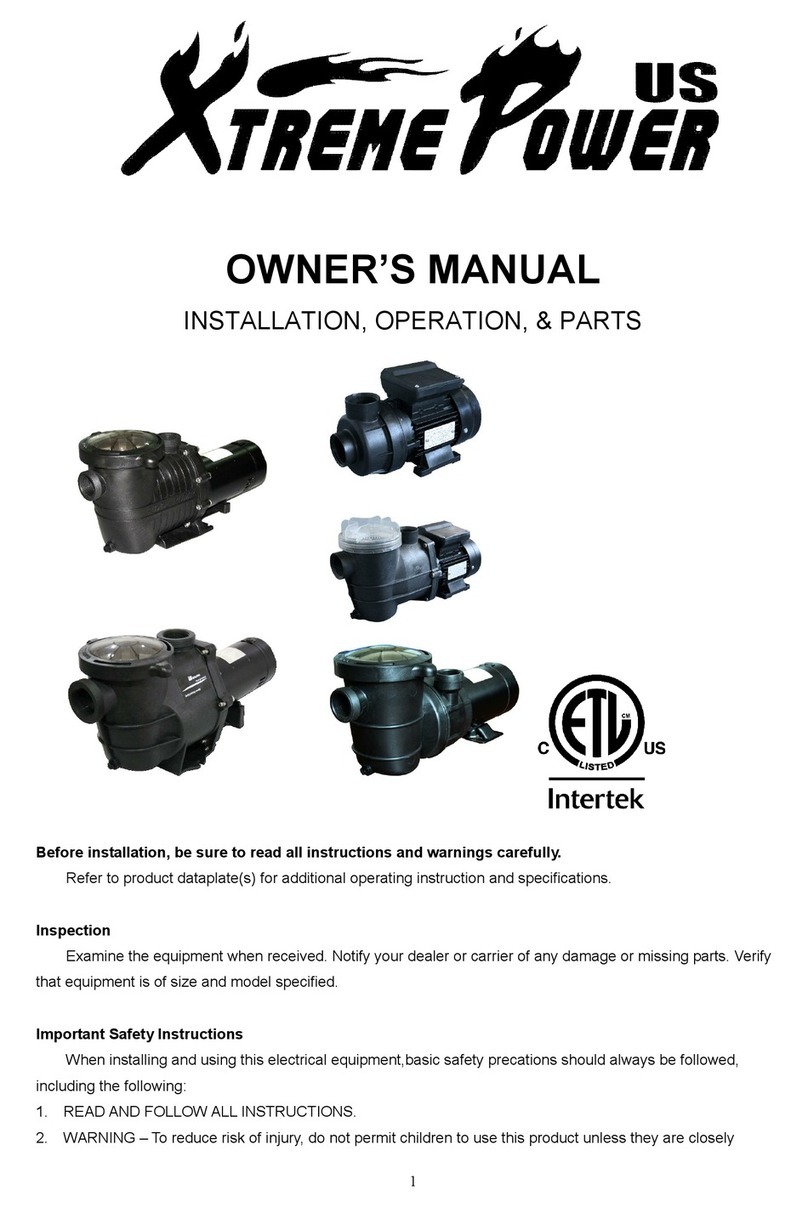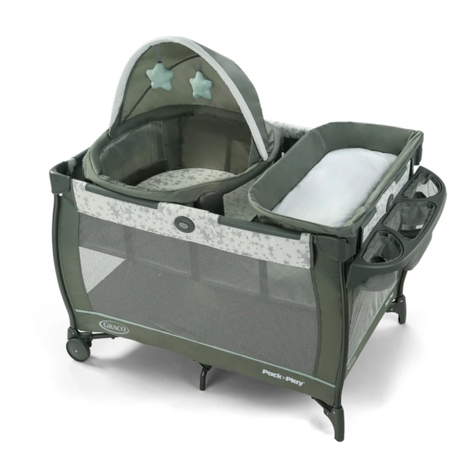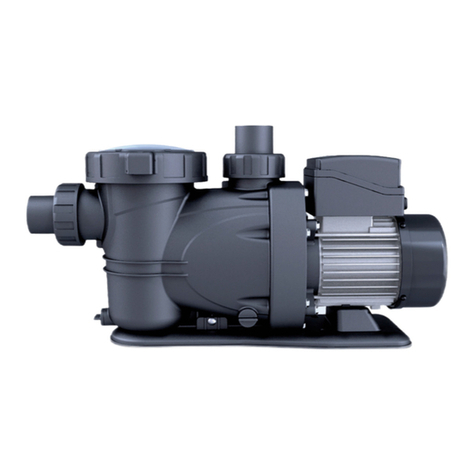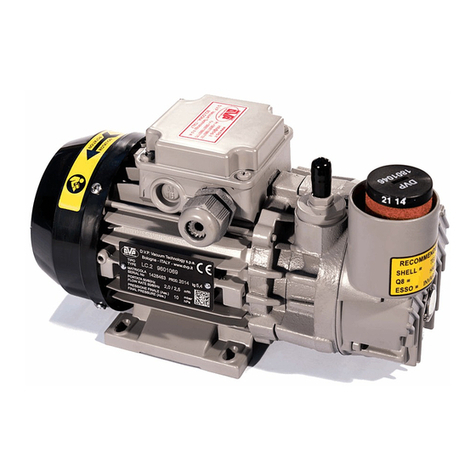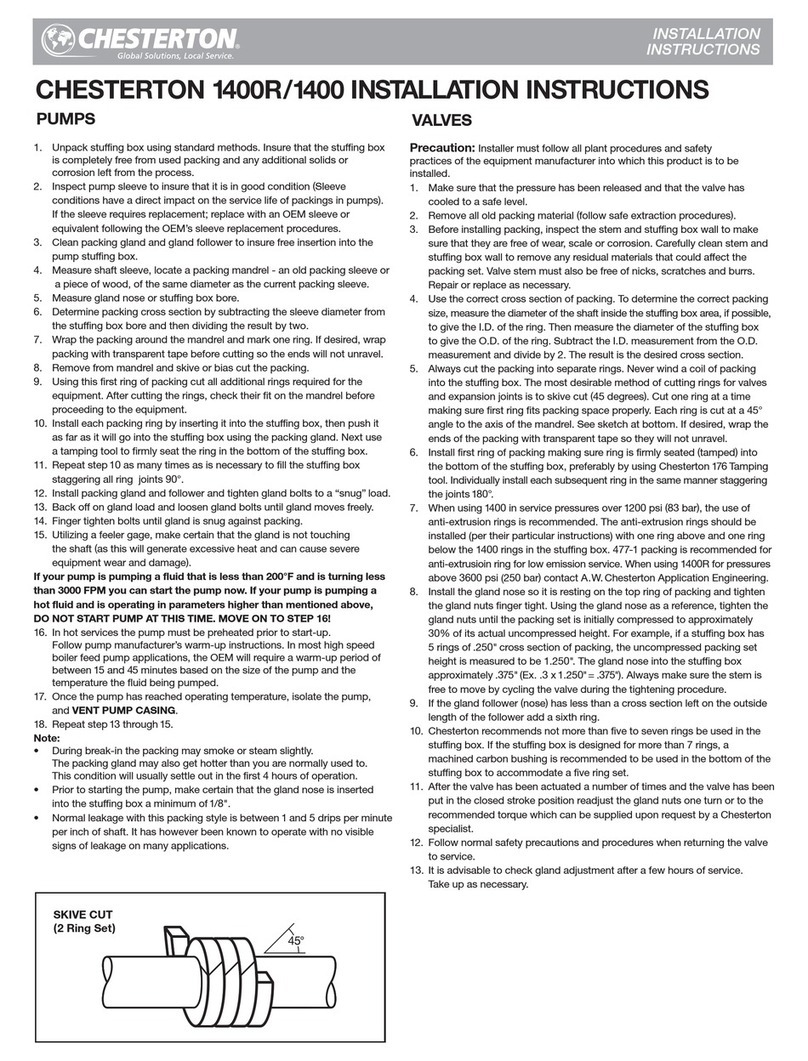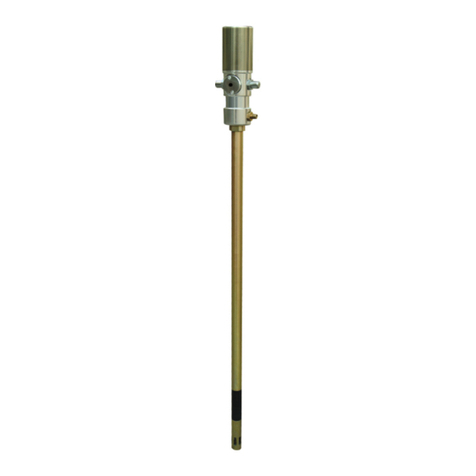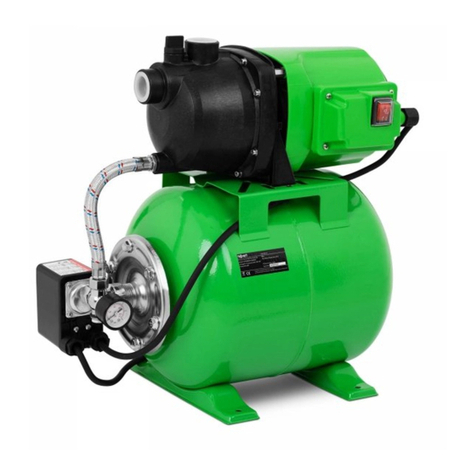
5
MY880 (03-01-21)
PUMP SERVICING
Servicing should be performed only by knowledgeable pump
service contractors or authorized service stations.
1. Remove pump from sump. Before removing pump from
sump pit for repair, check if the trouble could simply be
a blown fuse, tripped circuit breaker, or a power cord not
completely inserted into the receptacle.
2. Check diaphragm switch. If the unit is being operated by
the automatic diaphragm switch, unplug the pump from
the piggyback receptacle and plug the pump directly
into the power source. If the pump starts each time it is
plugged directly into the receptacle and does not start
each time when plugged into the piggyback switch with
the diaphragm switch pressed into a start position,
replace the complete piggyback switch assembly and
retest with new assembly.
3. Check for impeller blockage. Disconnect pump and
switch from power source. Check for an obstruction in
the impeller cavity by laying the pump on its side and
inserting a screwdriver into impeller. Impeller should turn
freely. If impeller is stuck, then turn the pump on its side,
DRAIN THE OIL through the oil fill plug on top of the pump.
Drain oil into a clean, dry container. A milky appearance
to the oil indicates that water has entered through either
worn out or damaged seals (7) or seal ring. Remove the 4
screws (6) to remove the volute (9). If the impeller (10) does
not rotate freely, clear the impeller and cavity walls before
reassembling the base. Repeat Step 2.
4. Check power cord. If the above tests have not resolved
the problem, it may be in the electrical components of the
pump. Starting with the power cord (2), inspect for cuts or
nicks in the insulation. If the cord is damaged – replace it!
5. Remove the motor cover. Use a screwdriver to pry the
motor cover (3) from the seal plate (8) at the fastening ears,
being careful not to cut the seal ring with the screwdriver
or crack the motor cover. Lift the motor cover until it
clears the stator (4).
6. Check for short. Disconnect the stator leads from the
connector. Use an ohmmeter to check the continuity of
the stator. If stator fails to pass the continuity test, it must
be replaced.
Ground check. Set ohmmeter scale pointer to R X 100K
scale and check meter by putting both meter leads
together and adjusting the needle knob until meter
reads zero. If meter cannot be adjusted to zero it will
indicate that batteries in meter must be replaced.
Always make this test with the meter when scale pointer is
set to a new scale before making any checks on motor.
Now connect one meter lead to one blade terminal of
stator and touch other meter lead to motor stator shell
(4). If needle reads below 5 (500,000 ohms) stator must
be dried out before reusing. To dry out, bake in 220° oven
for 4 hours. Recheck after motor cools. If motor is new or
thoroughly dry, needle of ohmmeter will not move on the
ground test. This indicates a reading of 50 megohms or
higher. One megohm is one million ohms.
When making the ground test, if the needle goes clear to
zero the motor probably has a wire touching the stator at
some point and the stator will have to be replaced.
Winding resistance test. If motor shows a satisfactory
ground test, then the winding resistance must be
checked. Use ohmmeter with scale pointer set on R X 1
scale. On this scale meter reads directly on ohms. Always
check the meter with leads together as described above
under ground test before making a reading of the winding.
Connect one meter lead to each of the black terminal
leads. Meter should read about 1.35 ohms. This is the
resistance of the main winding for a 115 volt stator. This
reading for a 230 volt stator should be about 6.22 ohms.
Now remove the capacitor and connect one meter lead to
each of the brown wire terminals. The meter should read
about 11.35 ohms for a 115 volt stator. For a 230 volt stator
this reading should be 32.4 ohms. This is the resistance of
the start winding.
7. Remove the stator. To remove the stator, remove the four
hex head screws and disconnect the brown capacitor
leads from the capacitor and remove the stator plate with
the capacitor. Lift the stator off the seal plate (8) and set
aside.
8. Remove the impeller. To remove the impeller (10), hold
the motorshaft (5) with a screwdriver at the center of
the impeller and tap the impeller with a plastic or rubber
mallet so as to turn the impeller counterclockwise.
MAINTENANCE AND SERVICE
CAPACITY GALLONS PER MINUTE
TOTAL HEAD IN METERS
TOTAL HEAD IN FEET
CAPACITY LITERS PER MINUTE
40
30
20
10
0
0 180150120906030
MSKV50











